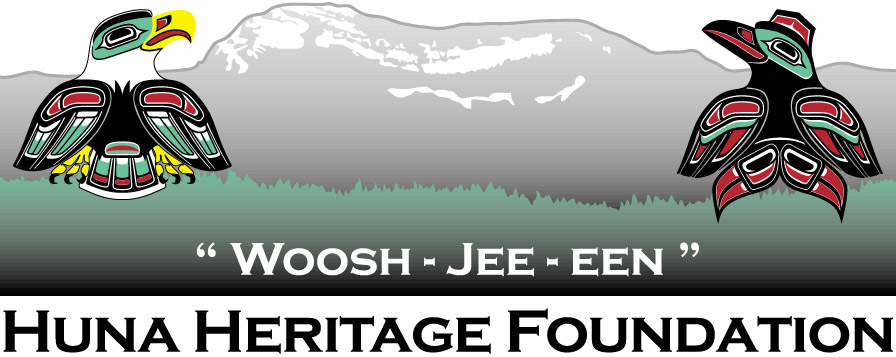Bear, Wolf and Beaver Plaques
Lincoln Wallace, chose yellow cedar because of its ease of carving and being able to take detail. In addition, it has a unique color and the ability to withstand bugs and rot. Lincoln comes from the time period where there were no master artists training apprentices anymore. Tlingit art had been driven underground by the demands of the Western world to assimilate. Artists like Lincoln carried on the art in secret until it was acceptable again to promote Tlingit. Art from this period is very distinctive from the classical period that ended in the late 1800’s. Artists like Lincoln should not be forgotten, they taught themselves and held on to the art through a time when doing the art came at great peril to the artist. Lincoln was a great artist, but his failing health kept him from producing large, monumental pieces like totem poles or house screens.
History was recorded through songs, dance, stories, and art. The clan was the most important component of social structure for the Tlingit, and it was common for clan crests to be displayed throughout any village and on personal items. These plaques depict clan crests for (in order L-R) Chookaneidí, Kaagwaantaan, and Deisheetaan. Any member from a particular clan has the right to use that clan’s crests at any time.
When these crests are displayed anyone who is visiting a village can identify clan houses, and as long as you are a clan member you are welcomed as a clan brother or sister, even though they may never have met you. You may also be able to find your father’s people by the crests that are displayed which is another way for people to connect though this relationship is not as important as your matrilineal bloodline which identifies you as a clan sister or brother and your ancestors.
Plaques, set of three of carved red cedar depicting wolf, beaver, and bear effigies, each with frontal image of animal on rectangular panel with symbolic head between wolf's legs, a criss-cross pattern and symbolic head on beaver's tail, and a salmon held by the bear.
Dimensions: 56 cm x 28.7 cm x 3.7 cm
Formerly in the collection held by the Indian Arts and Crafts Board Office in Sitka, Alaska, which included many pieces produced and acquired during IACB demonstration-workshops held in Sitka between 1962 and 1968; transferred to the IACB Headquarters collection in Washington, DC, in 1969; part of the IACB Headquarters collection (Department of the Interior, Washington, DC) until 2000 when it was transferred to NMAI.

